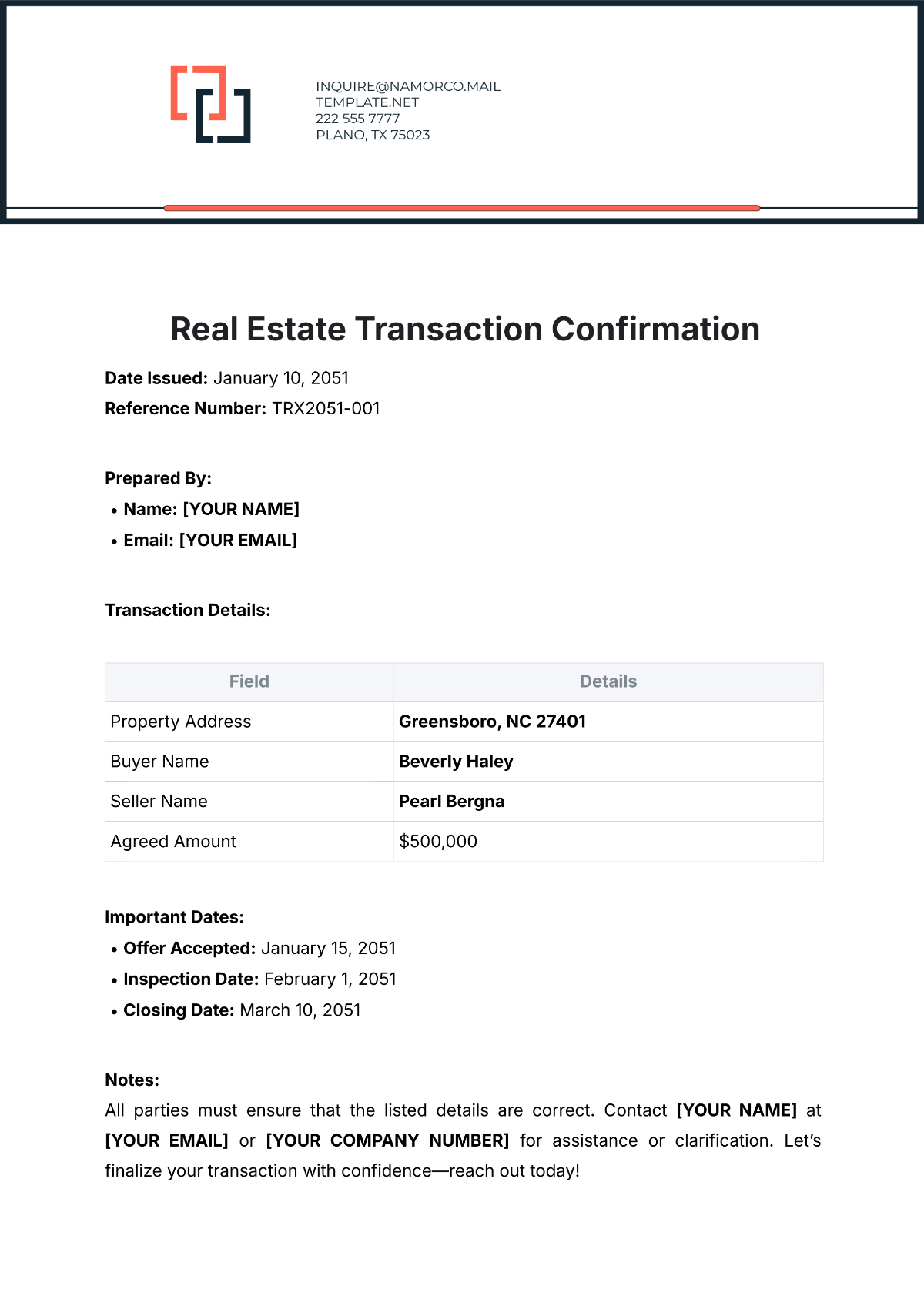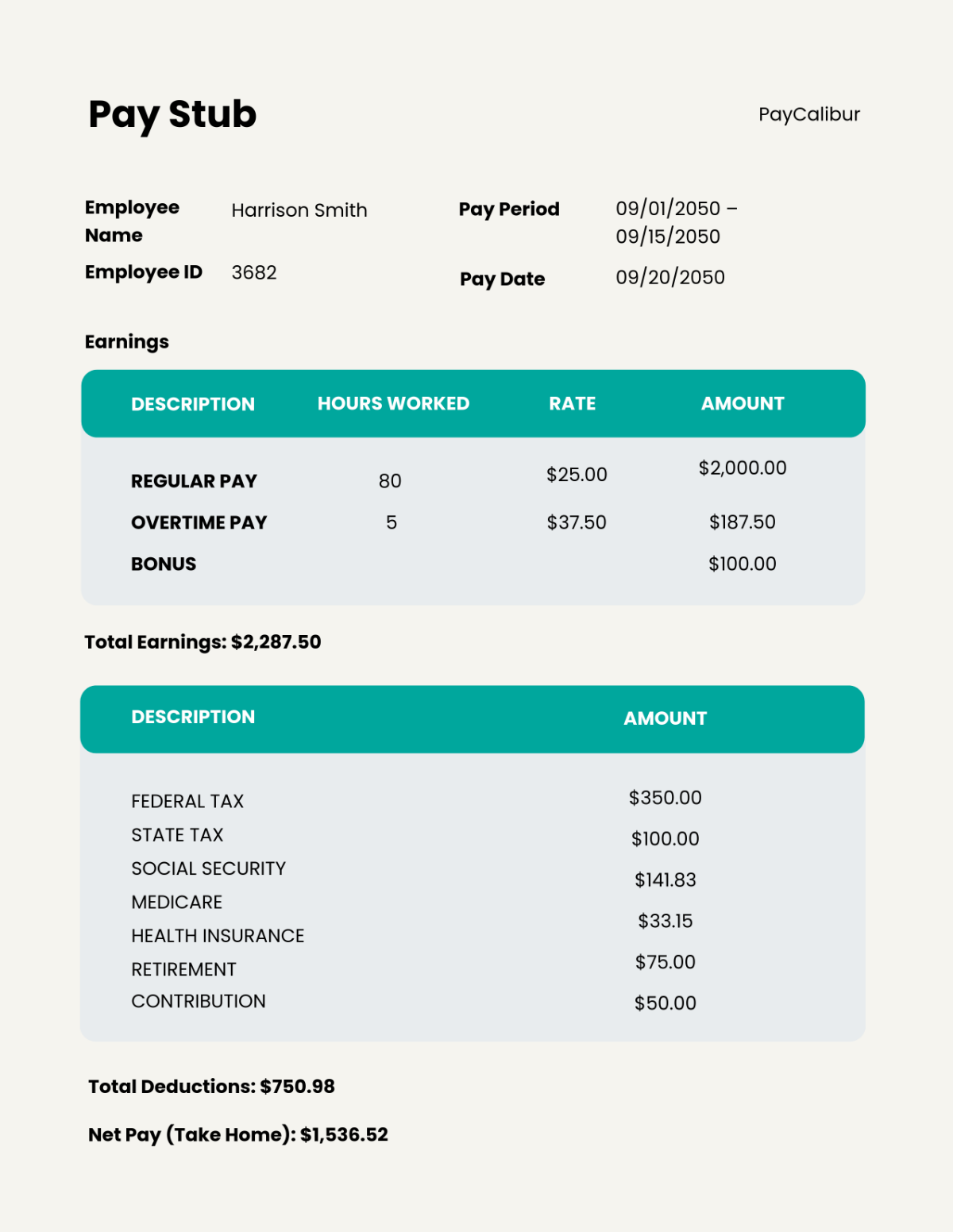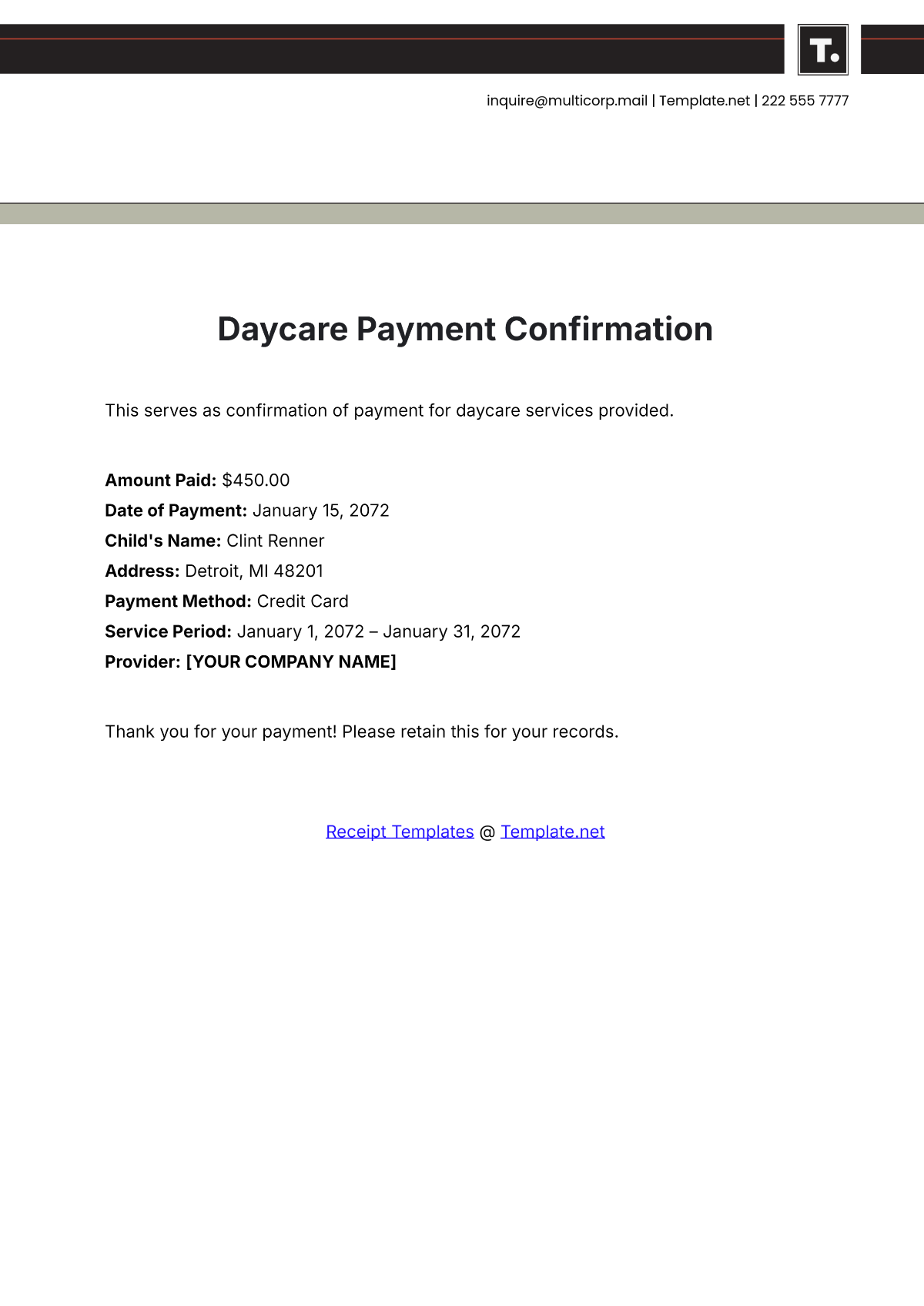Return on Investment
I. Executive Summary
The purpose of this Return on Investment (ROI) analysis is to evaluate the financial viability and benefits of implementing the Next-Generation Learning Management System (LMS) for [YOUR NAME] and [YOUR COMPANY NAME]. This analysis demonstrates that the initiative is expected to deliver substantial financial and operational benefits, with an ROI of 45% over a one-year period.
II. Introduction
A. Purpose
This analysis provides a detailed overview of the costs and benefits associated with deploying the Next-Generation LMS in 2062. The system aims to enhance operational efficiency, reduce training costs, and improve user satisfaction for educators, students, and administrators at [YOUR COMPANY NAME].
B. Scope
The evaluation covers a 12-month period from January 1, 2062, to December 31, 2062, and includes both direct and indirect financial impacts.
III. Methodology
A. Data Collection
Financial data sourced from Finance and IT Departments.
Cost estimates derived from vendor quotes and internal assessments.
Benefits projections validated using historical data from similar projects.
B. Calculation Formula
ROI=(Net Benefits (Total Benefits - Total Costs) / Total Costs)×100
IV. Costs
A. Initial Investment
Software Licensing Fee: $150,000
Implementation and Setup Costs: $75,000
Staff Training Programs: $20,000
B. Ongoing Costs
System Maintenance: $15,000 per year
Customer Support and Updates: $10,000 per year
C. Total Costs
The total estimated cost for the LMS implementation in 2062 is $270,000.
V. Benefits
A. Tangible Benefits
Increased operational efficiency, saving $120,000 per year.
Reduced manual data processing, saving $50,000 annually.
Decreased training program expenditures by $40,000 annually.
B. Intangible Benefits
Improved employee productivity by 15% due to better system integration.
Enhanced student engagement, leading to higher retention rates and long-term brand loyalty.
C. Total Benefits
The projected total benefits of the LMS implementation are $210,000 per year.
VI. ROI Calculation
A. Net Benefits
Net Benefits=Total Benefits−Total Costs
Net Benefits: $210,000 - $270,000 = -$60,000
B. ROI Percentage
ROI=(Net Benefits/Total Costs)×100
ROI: -22%
VII. Sensitivity Analysis
A. Risk Assessment
Potential risks include:
Delays in implementation, leading to increased costs.
Underutilization of the LMS, reducing realized benefits.
B. Alternative Scenarios
Best Case Scenario: Enhanced adoption rates increase annual savings to $300,000, resulting in a positive ROI of 11%.
Worst Case Scenario: Training costs rise by $30,000, reducing ROI further to -34%.
VIII. Conclusion and Recommendations
The initial ROI projection for 2062 indicates a negative return of -22%, primarily due to high upfront costs. However, in the best-case scenario, this initiative could deliver positive returns over a longer period as adoption rates and operational efficiencies grow. [YOUR NAME] and [YOUR COMPANY NAME] should:
Conduct a phased implementation to manage costs effectively.
Focus on employee engagement and training to maximize benefits.
Reassess ROI after 12 months to determine long-term profitability.

















































